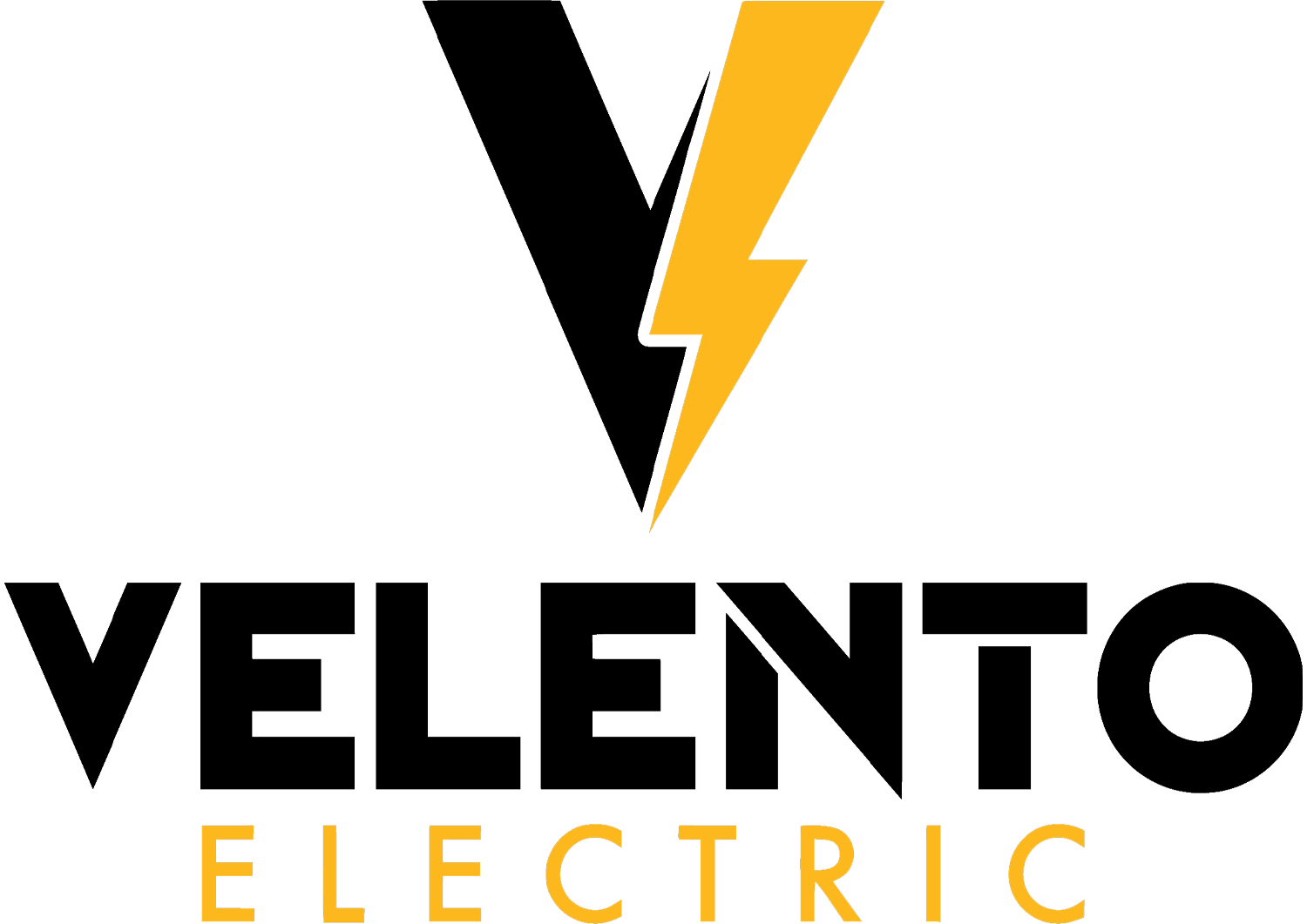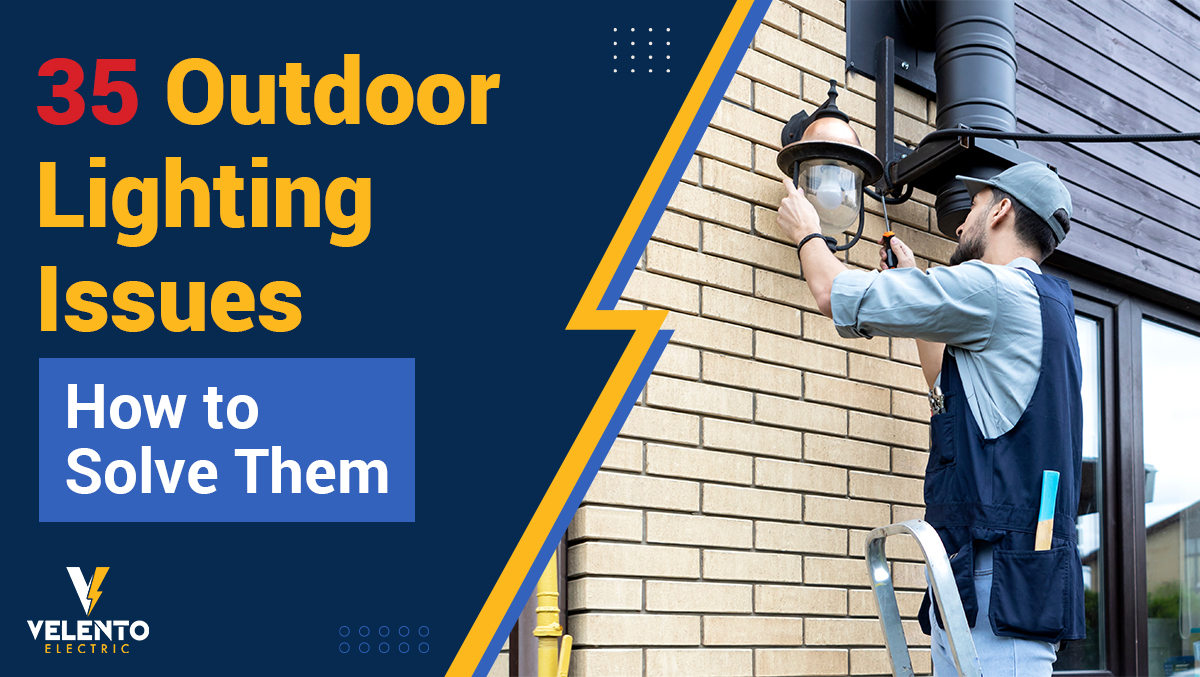We Are an Electrician Company In North Jersey
Our experienced team offers services for both residential and commercial properties.With over 25 years of experience in the industry, we boast all of the knowledge and expertise in repairing.
Our experienced team offers services for both residential and commercial properties.With over 25 years of experience in the industry, we boast all of the knowledge and expertise in repairing.
Working Hours : Monday to Friday (9am - 5pm)
Outdoor lighting can significantly enhance the aesthetics, safety, and functionality of your outdoor spaces. However, several common issues can arise, affecting the performance and effectiveness of your outdoor lighting system. Here are some common outdoor lighting issues and how to solve them:
Issue:
Solution:
Issue:
Solution:
Issue:
Solution:
Issue:
Solution:
Issue:
Solution:
Issue:
Solution:
Issue:
Solution:
Issue:
Solution:
Issue:
Solution:
Issue:
Solution:
Issue:
Solution:
Issue:
Solution:
Issue:
Solution:
Issue:
Solution:
Issue:
Solution:
Issue:
Solution:
Issue:
Solution:
Issue:
Solution:
Issue:
Solution:
Issue:
Solution:
Issue:
Solution:
Issue:
Solution:
Issue:
Solution:
Issue:
Solution:
Issue:
Solution:
Issue:
Solution:
Issue:
Solution:
Issue:
Solution:
Issue:
Solution:
Issue:
Solution:
Issue:
Solution:
Issue:
Solution:
Issue:
Solution:
Issue:
Solution:
Issue:
Solution:
Advancing your outdoor lighting setup with smart technologies, sustainable practices, and innovative solutions can significantly enhance the functionality, aesthetics, and security of your outdoor spaces. By addressing common issues and implementing the solutions outlined, you can create a more efficient, attractive, and environmentally friendly lighting system that meets your needs and preferences. Regular maintenance and updates will ensure your outdoor lighting remains effective and enjoyable for years to come.

